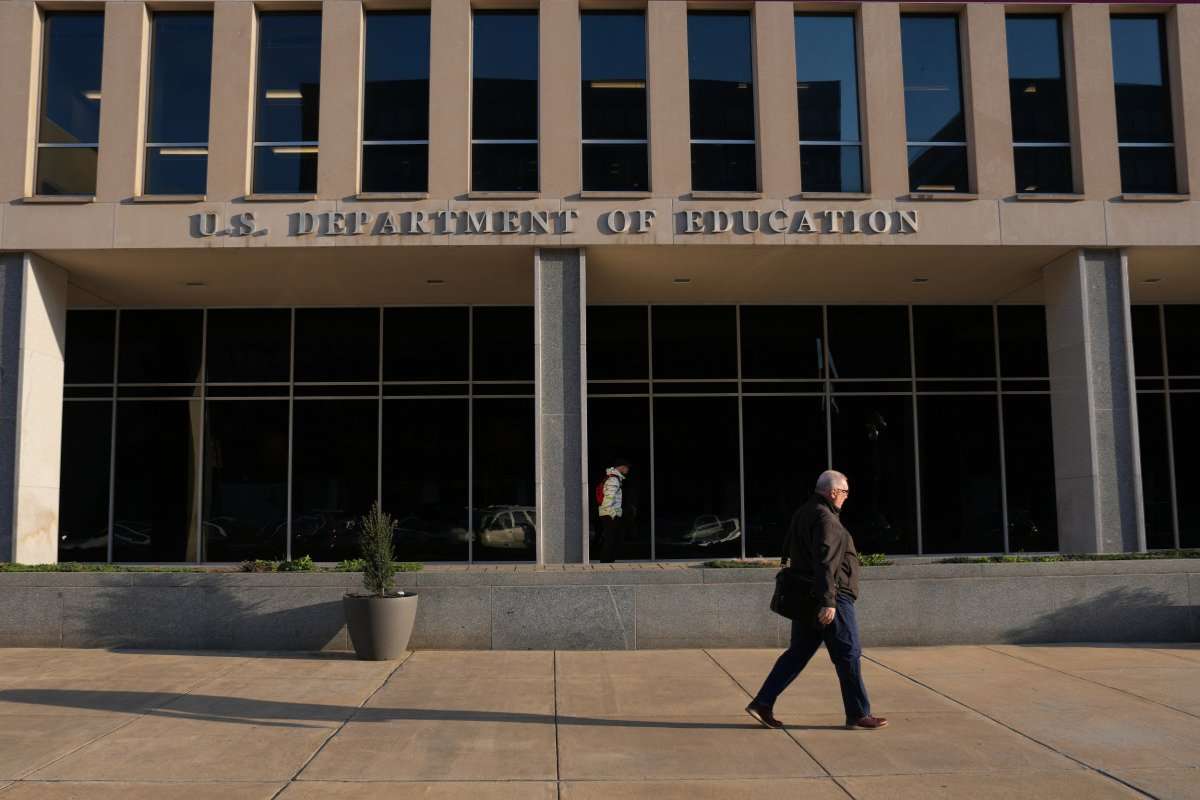Educational policies are the backbone of any education system, guiding the principles, practices, and procedures that shape the learning environment. These policies influence curriculum design, teaching methods, resource allocation, and even the overall philosophy of education within a nation. Understanding and analyzing these policies is crucial for improving education quality, equity, and accessibility.
This article delves into the significant impact of educational policies on modern education systems, exploring their evolution, implementation, and the challenges they face.
The Evolution of Educational Policies
Educational policies have evolved significantly over the centuries, reflecting changes in societal values, technological advancements, and educational theories. Historically, education was often limited to the elite, with policies designed to maintain social hierarchies. The Industrial Revolution marked a shift towards more inclusive education policies, aiming to prepare a workforce for the burgeoning industrial economy. This period saw the introduction of compulsory education laws and the standardization of curricula.
In the 20th century, there was a greater focus on equity and access to education. The Civil Rights Movement in the United States, for example, led to efforts aimed at desegregating schools and ensuring equal educational opportunities for all students, regardless of race. Globally, the push for universal primary education gained momentum, with organizations like UNESCO advocating for education as a fundamental human right.
Implementation of Educational Policies

The implementation of educational policies is a complex process involving multiple stakeholders, including government bodies, educational institutions, teachers, parents, and students. Effective implementation requires clear communication, adequate resources, and continuous monitoring and evaluation.
One critical aspect of policy implementation is teacher training. Teachers are the frontline implementers, and their understanding and acceptance of these policies are crucial for success. Professional development programs and continuous support can help teachers adapt to new policies and integrate them into their teaching practices.
Resource allocation is another vital factor. Policies that mandate new curricula or technological integration, for example, require sufficient funding to provide schools with the necessary materials and infrastructure. Without adequate resources, even well-designed policies can fail to achieve their intended outcomes.
Educational Policies and Curriculum Design
Educational policies play a pivotal role in shaping the curriculum, determining what subjects are taught and how they are delivered. Curriculum policies often reflect broader societal goals, such as promoting critical thinking, fostering creativity, or preparing students for specific career paths.
In recent years, there has been a growing emphasis on STEM (Science, Technology, Engineering, and Mathematics) education. Many countries have implemented policies to strengthen STEM curricula, recognizing the importance of these fields in driving innovation and economic growth. At the same time, there is also a push for more holistic education, incorporating arts, humanities, and social sciences to develop well-rounded individuals.
Educational Policies and Technology Integration
The rapid advancement of technology has significantly impacted educational policies. Governments and educational institutions are increasingly recognizing the potential of technology to enhance learning experiences and outcomes. Policies promoting digital literacy, online learning, and the integration of educational technologies in the classroom are becoming more prevalent.
However, the implementation of technology-focused policies poses several challenges. Ensuring equitable access to technology is a major concern, as disparities in resources can exacerbate existing educational inequalities. Furthermore, teachers need adequate training and support to effectively use new technologies in their teaching.
Educational Policies and Equity
Equity is a central concern in educational policy-making. Policies aimed at reducing disparities in educational outcomes among different socio-economic, racial, and gender groups are essential for creating a fair and just education system.
Affirmative action policies, scholarship programs, and targeted interventions for disadvantaged groups are examples of initiatives designed to promote equity. Additionally, inclusive education policies aim to integrate students with disabilities into mainstream education, providing them with the necessary support and accommodations.
Challenges in Educational Policy-Making

While educational policies are crucial for guiding and improving education systems, they also face several challenges. One major challenge is the rapidly changing landscape of education. Technological advancements, shifting job markets, and evolving societal needs require continuous adaptation and updating of policies.
Another challenge is ensuring that policies are evidence-based. Policymakers need access to reliable data and research to make informed decisions. This requires robust mechanisms for collecting and analyzing educational data, as well as collaboration with researchers and educational experts.
Political factors also play a significant role in policy-making. Changes in government can lead to shifts in policy priorities, sometimes resulting in the discontinuation of successful initiatives. Ensuring the sustainability of policies amidst political changes is a key concern.
The Role of International Organizations in Educational Policy
International organizations like UNESCO, UNICEF, and the World Bank play a significant role in shaping educational policies worldwide. These organizations provide frameworks, guidelines, and support for policy development and implementation, particularly in developing countries.
The United Nations’ Sustainable Development Goal 4 (SDG 4) aims to ensure inclusive and equitable quality education and promote lifelong learning opportunities for all. This goal has influenced national efforts, encouraging countries to focus on equity, quality, and lifelong learning.
1. Finland’s Education System
Finland is often cited as a model for effective educational policies. The Finnish education system is characterized by its emphasis on teacher quality, student well-being, and equity. Policies such as rigorous teacher training programs, a focus on student-centered learning, and minimal standardized testing have contributed to Finland’s high educational outcomes.
2. Singapore’s STEM Education Policies
Singapore has implemented robust policies to promote STEM education, recognizing the importance of science and technology for the country’s economic development. The government has invested heavily in STEM infrastructure, teacher training, and curriculum development. These policies have resulted in high student performance in international assessments, particularly in mathematics and science.
3. Canada’s Inclusive Education Policies
Canada has made significant strides in inclusive education, with policies aimed at integrating students with disabilities into mainstream classrooms. These policies emphasize individualized support, teacher training, and collaboration between educators, parents, and specialists. As a result, Canada has made progress in providing equitable educational opportunities for all students.
Future Directions in Educational Policy

The future of educational policy will likely be shaped by several key trends and challenges.
1. Globalization
Globalization is increasingly influencing education, as countries recognize the need to prepare students for a globalized world. This includes promoting multilingualism, cross-cultural understanding, and global competencies. Practices that facilitate international collaboration and exchange in education are also becoming more common.
2. Sustainability
Sustainability is emerging as a critical focus in educational policy. Educating students about environmental issues and sustainable practices is essential for addressing global challenges like climate change. Policies that integrate sustainability into the curriculum and promote green practices in schools are gaining traction.
3. Personalized Learning
Advancements in technology are enabling more personalized learning experiences, tailored to individual students’ needs and preferences. Educational policies that support personalized learning approaches, such as adaptive learning technologies and flexible curriculum pathways, can enhance student engagement and outcomes.
4. Mental Health and Well-being
There is growing recognition of the importance of mental health and well-being in education. Policies that promote social-emotional learning, provide mental health support, and create a positive school environment are essential for fostering student well-being and academic success.
Conclusion
Educational policies are fundamental to shaping the future of education. They reflect societal values, address pressing challenges, and set the direction for educational systems. While the development and implementation of these policies are complex and often fraught with challenges, effective policies can lead to significant improvements in education quality, equity, and accessibility.










